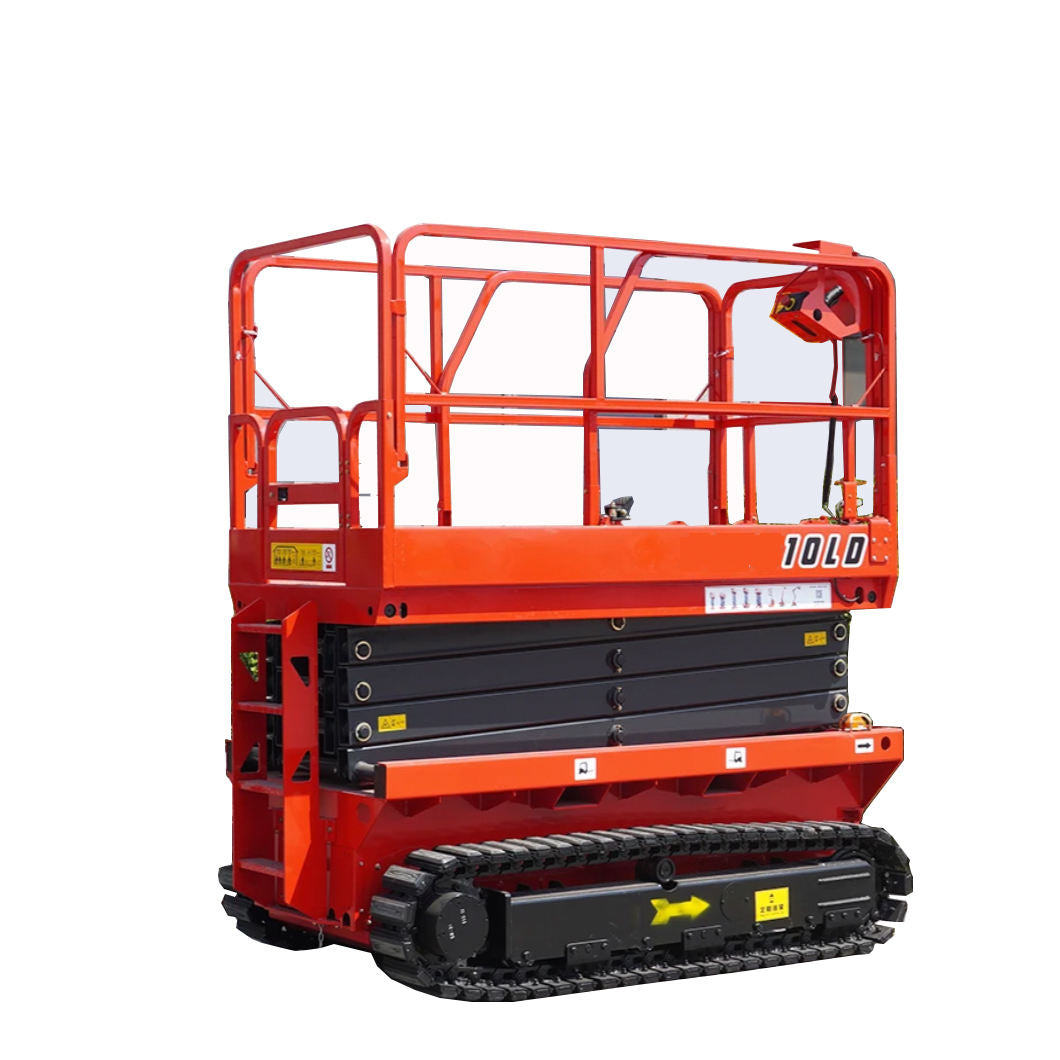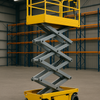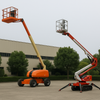Bi-Leveling Scissor Lift Explained: Features and Benefits

If you work on rough or uneven job sites, you probably know how tricky it can be to find stable ground for a regular lift. That’s exactly why bi-leveling scissor lifts exist. They’re built to handle slopes, curbs, and terrain that would stop a normal scissor lift cold.
In this article, we’ll go over what a bi-leveling scissor lift is, how it works, and why it’s becoming one of the smartest pieces of equipment on the market.
What Is a Bi-Leveling Scissor Lift?
A bi-leveling scissor lift looks similar to a standard scissor lift at first glance, but it has a unique undercarriage system that can automatically adjust each wheel to match uneven ground.
That means the platform can stay level even when one side of the lift is on higher or lower ground — like a slope, ramp, or curb. The system keeps the machine stable and the operator safe, without the need to lay down boards or find perfectly flat terrain.
How It Works
Under the platform, the lift uses hydraulic or electronic leveling technology that senses the surface beneath each tire. When one wheel sits higher than another, the lift automatically compensates.
For example:
-
If the front wheels are on a slope, the back wheels adjust to keep the chassis level.
-
When crossing curbs or small steps, the system raises or lowers each side independently.
You don’t need to stop or get out to fix anything — the system does it as you drive or raise the platform.
Key Features
-
Automatic Leveling: Adjusts to uneven ground instantly for better stability.
-
All-Terrain Mobility: Works on gravel, grass, or slopes where normal lifts can’t go.
-
Smooth Operation: Less shaking, safer working height, and less time spent repositioning.
-
Compact Design: Despite the advanced system, most models stay small enough for tight sites.
-
Increased Productivity: Operators spend more time working and less time finding level ground.
Some models also include smart sensors that warn the operator when the lift exceeds safe tilt limits.
Benefits of Using a Bi-Leveling Scissor Lift
1. Work Safely on Uneven Ground
The automatic leveling function reduces the risk of tipping or losing balance. Workers can raise the platform confidently, even on challenging surfaces.
2. Save Time and Labor
You don’t need to move the lift every few minutes to find a flat spot. That means fewer interruptions and faster project completion.
3. Better Access in Tough Areas
Construction sites, maintenance zones, and outdoor projects often have rough terrain. A bi-leveling scissor lift lets you reach those spots where regular lifts can’t go.
4. Less Site Preparation
No need for wooden blocks or manual leveling. You can roll in, set up, and start work almost immediately.
5. Improved ROI
Because it handles more job conditions, one bi-leveling scissor lift can replace multiple types of lifts, saving on equipment costs and logistics.
Common Applications
You’ll often find bi-leveling scissor lifts in:
-
Construction sites
-
Bridge and road maintenance
-
Power line or lighting installation
-
Industrial plants and factories
-
Landscaping or outdoor event setups
Anywhere the ground isn’t perfectly flat, these machines make a difference.
Final Thoughts
A bi-leveling scissor lift is a game-changer for anyone working in rough or uneven areas. It keeps your platform stable, your workers safe, and your schedule on track. While the upfront cost is a bit higher than standard lifts, the time saved and added versatility usually pay for it quickly.
If you’re often dealing with sloped or rugged job sites, it’s worth considering a bi-leveling model for your next project.



